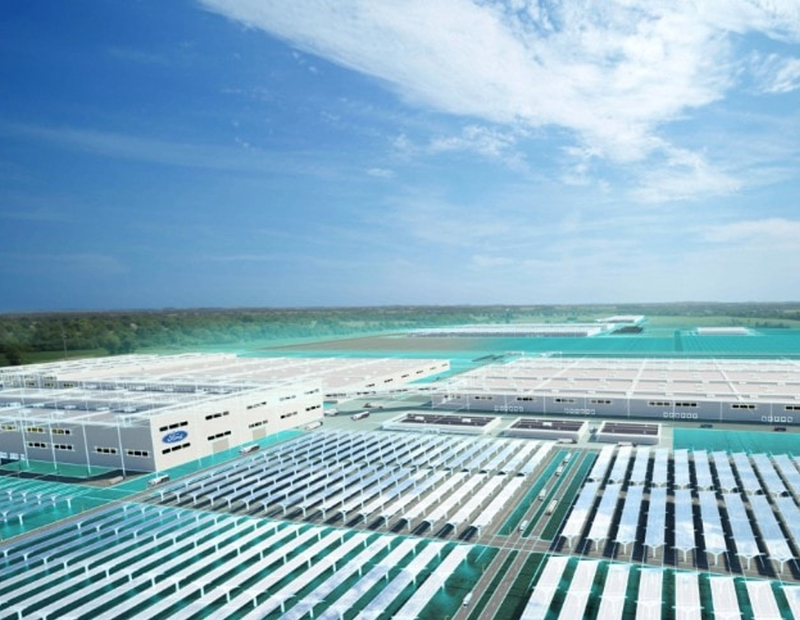The Best Anti-Inflation Hedge Is Clear Thinking
Every inflationary period has its particular characteristics and this one is no different, according to Jonathan Hipp of Avison Young.
Periods of rising inflation are always a cause for concern. This is especially true of high net-worth investors looking to protect long-term solvency. Some pundits are talking about the current recession hitting its peak, but even if those calls are accurate, a return to a safer financial footing will take months. So strategizing is key.
For the record, the rate of inflation is still climbing, but happily at a slower rate month over month. The June rate was a record-breaker, coming in at 9.1 percent–the highest since November of 1981. July provided a slightly rosier picture at 8.5 percent rate. (A slowdown in energy cost increases was the prime driver of that dip, although such essentials as food and shelter continued to climb.)
There are some hedges that private investors can take to minimize (if not totally guard themselves against) the risk of inflation and its related woes–recession and stagflation. First of all, approach your hedging strategy with a cool head. With the help of a trusted financial advisor, investors can better see the current fiscal conditions with a long-term view.
The Long-Term View
Of course, investments in hard assets–and diversification within that portfolio–has always been a near-to foolproof approach. In fact, given the impact of inflationary periods on rental rates and property values, investments in wisely chosen commercial real estate can actually improve your financial picture while stocks and bonds flounder.
But the operative term is “wisely chosen.” Every inflationary period has its particular characteristics, and this cycle is no different, coming off of a two-plus year period of COVID-19 market upheaval. Office markets, for instance, continue to reel from the mass exodus from downtown buildings. While many central business districts are finally recuperating, it still might be too early for many private investors to dip their toes into those waters. On the flip side, industrial, certain retail, medical office and data center assets weathered the storm in fine fashion.
(WMRE Magazine, in a recent survey co-produced with Yardi, revealed that among institutional investors, multifamily was the preferred investment target–by 67 percent. Industrial properties–at 47 percent–and data centers–at 36 percent–also turned in impressive results.)
Also up for consideration are lease terms and hold periods. Assets with short-term leases provide the opportunity for more frequent bump-ups in rent, but they also run the risk of vacating tenants. On the other hand, assets with longer terms might not escalate rental rents as quickly, but they do provide longer-range security and regular increases in rents. Appreciation then is really built in. The choice is one of risk tolerance.
So is the hold period. Rather than flipping from an excess of anxiety, wise investors tend to hunker down during times of economic upheaval, relying on current asset performance rather than facing the increased cost of debt, especially if they have locked in lower interest rate, long-term debt.
Tearing a page from the institutional players’ handbook is a wise approach to shaping a high net-worth investor’s capital allocation strategy, especially when times are uncertain. And, to the extent that anything can be considered predictable, asset diversification within a commercial real estate portfolio can be the answer to private investors’ inflationary fears and solid financial planning.
Jonathan Hipp is head of the U.S. Net Lease Group at Avison Young.








You must be logged in to post a comment.